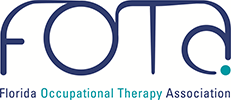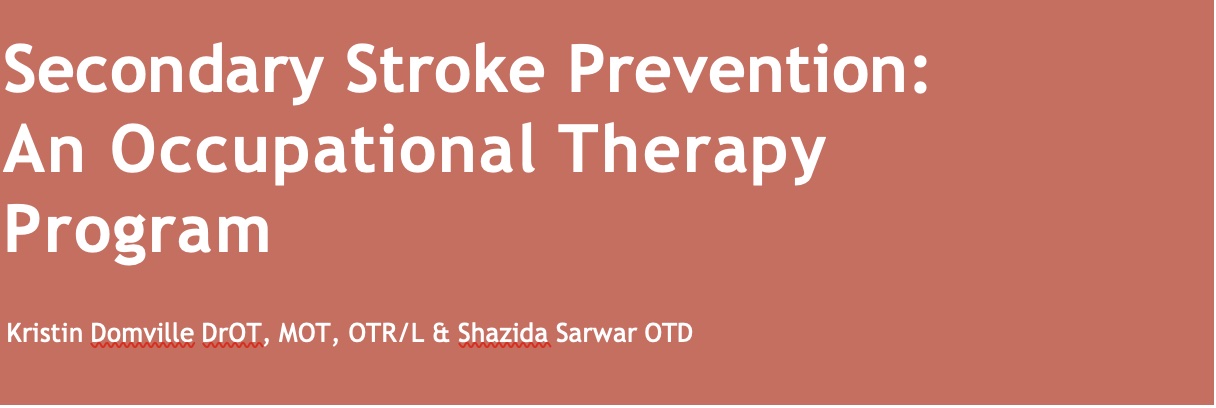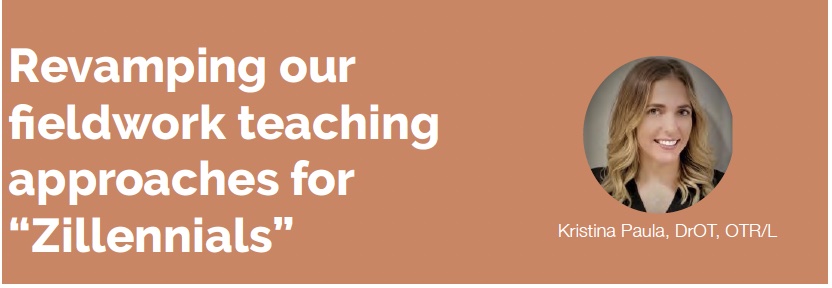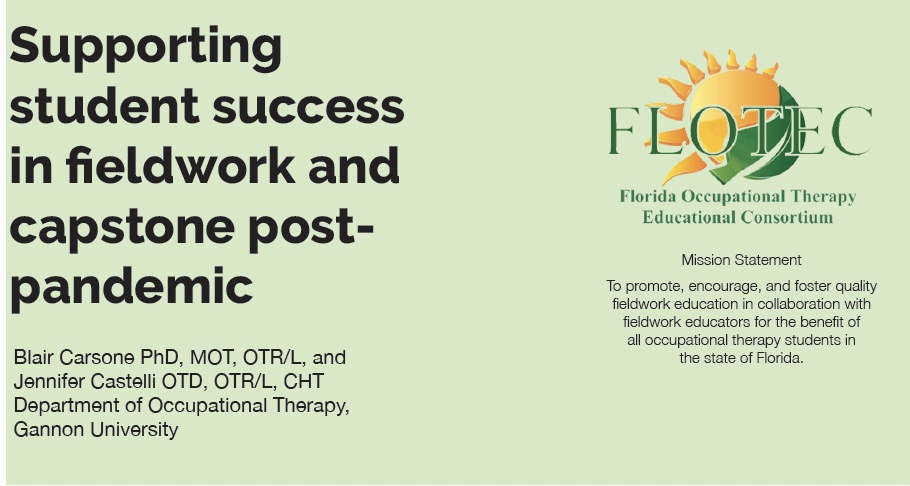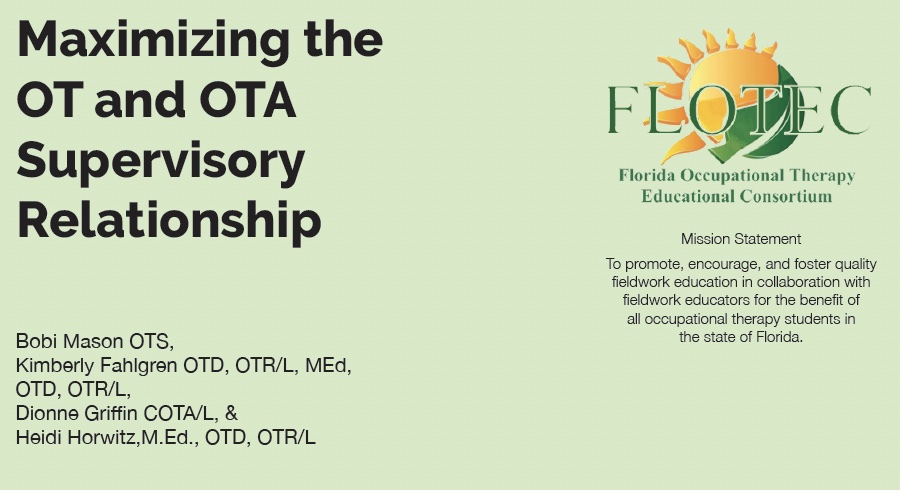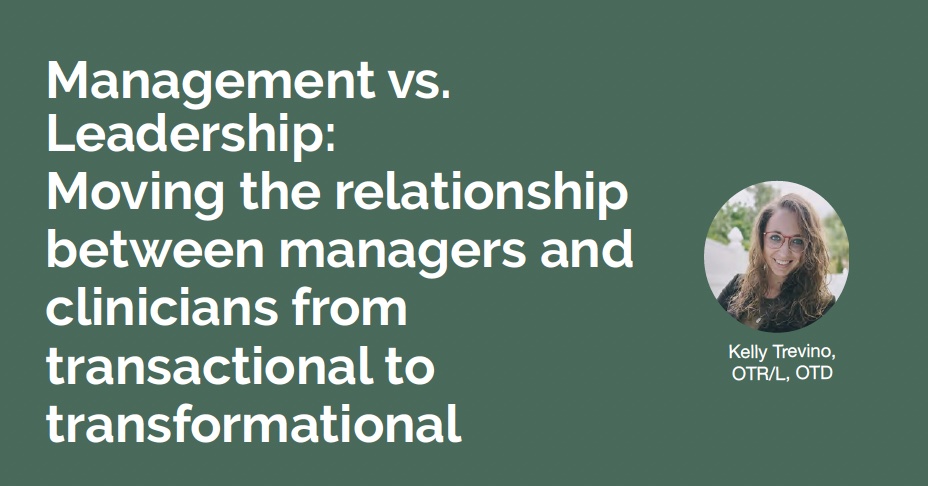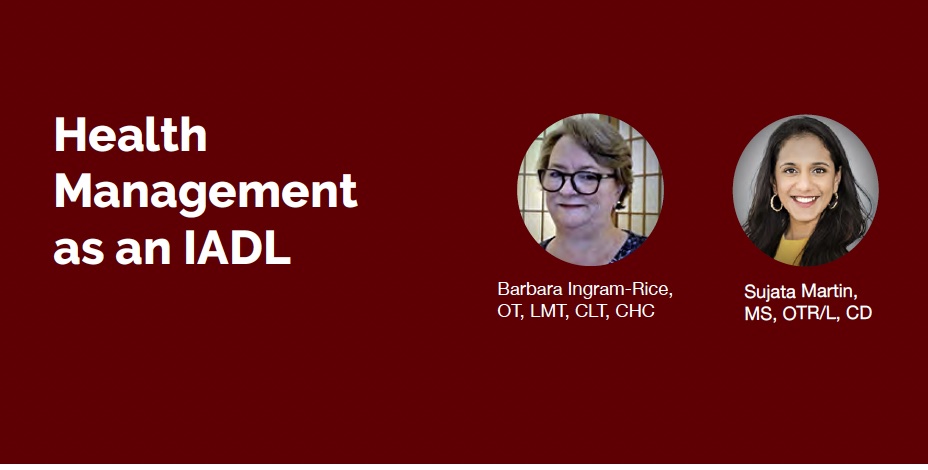Addressing diversity, equity and inclusion (DEI) initiatives within the home and community health setting
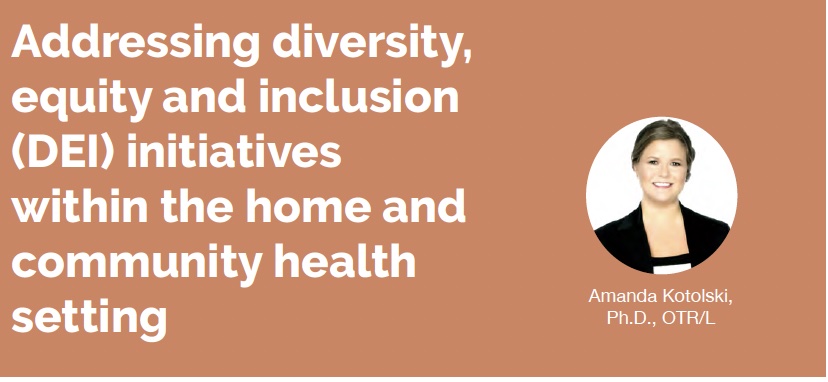
The American Occupational Therapy Association’s (AOTA’s) Vision 2025 conveys a strong commitment to diversity, equity, and inclusion (2020a). It is everyone’s right to feel welcomed, valued, included, and respected while engaging in daily life regardless of each of our own unique abilities and challenges. This statement made by AOTA supports efforts to increase diversity, equity, and inclusion (DEI) within all aspects of occupational therapy, including practice, education, and research, as well as policy development and advocacy (AOTA, 2020a). Therapist’s working in the home and community setting provides important client-centered services of which DEI principles implicitly embrace.
